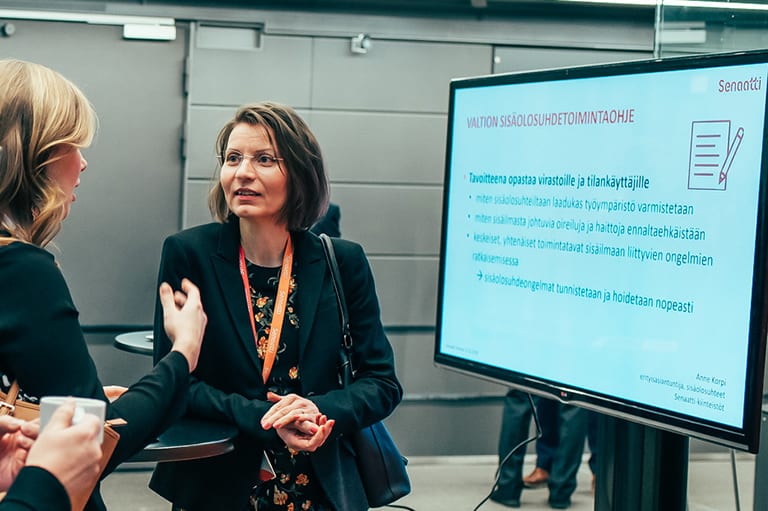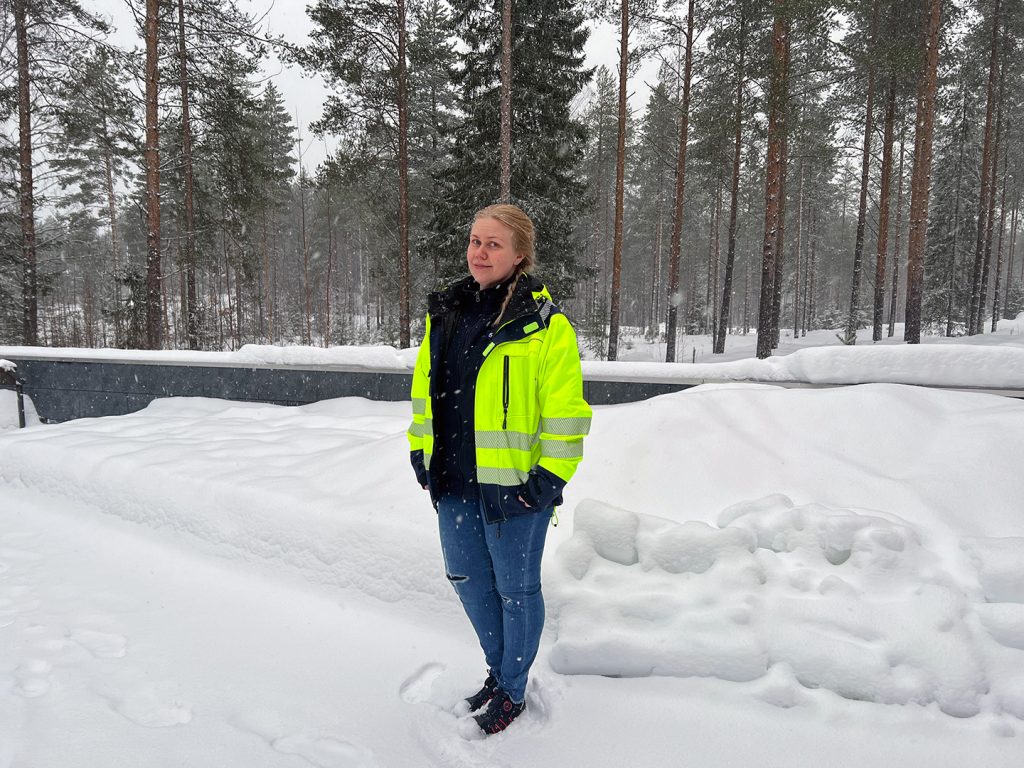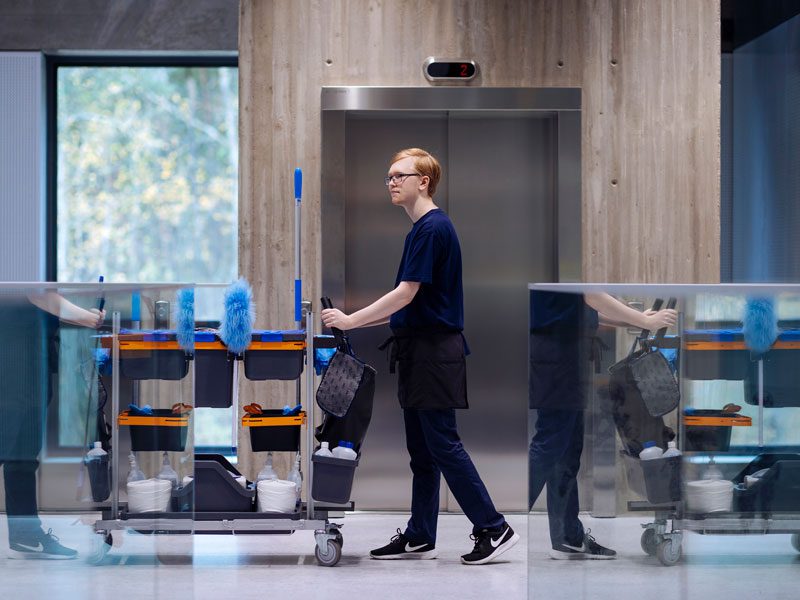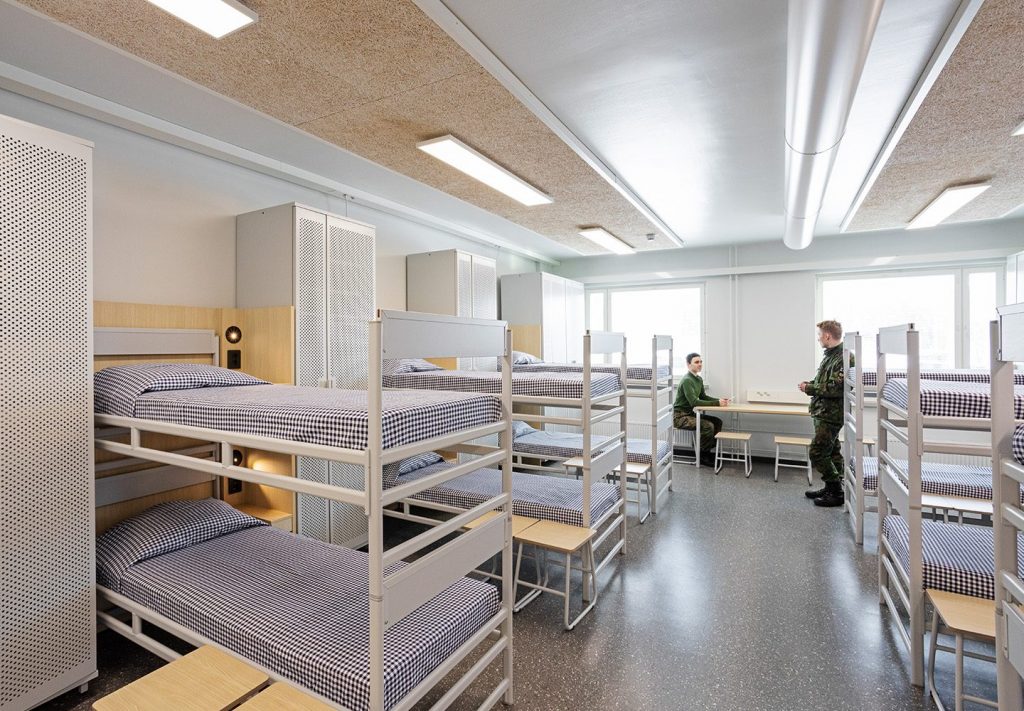Senate Properties has declared zero tolerance for indoor air problems. One of many measures in our pursuit of better indoor air is the Hyvän työympäristön ja laadukkaan sisäilman varmistaminen guide (Guide for ensuring a good work environment and quality indoor air) that was completed last year. This is the first time that government agencies received consistent guidelines as to what to do in the event of indoor air symptoms or adverse effects arising in in workplaces.
The guide is a practical tool to resolve indoor air issues. Even though it was written for central government, other organisations and businesses can certainly benefit from it. Senate clients can request the guide from their account manager or property manager.
“When working on Senate’s new strategy, we noticed that we had a lot of material to guide our own operations and our own operating model was honed, but many of our clients lacked even the most basic information and instructions on what to do when faced with indoor air problems. This guide is the answer to this,” says Anne Korpi, Indoor Climate Specialist at Senate Properties.
Instructions and advice easy to find in the guide
The guide made from central government’s operating model is on a Power Point template so that each organisation can add its own information to it.
”It can be used, for example, to describe how an organisation reports problems, who is in the indoor air team, how issues are solved in practice and what communication channels are used to communicate indoor air matters. When an organisation adopts the guide for its own use, it also shows how it ensures healthy work conditions and safety,” Korpi says.
The extensive guide has been divided into two parts: the actual indoor air operating model and the educational material complementing it.
“The guide is not intended to be learnt by heart, but rather to serve as a handbook on various indoor air topics. The idea is that readers easily find instructions and advice for the most important questions and find out where they can find more material on them. Each organisation itself decides how to make use of the guide and who will use it,” Anne Korpi says.
Progressing in steps helps to resolve indoor air problems
The actual indoor air operating model comprises six steps.
“However, resolving any problems by no means always requires going through all the steps,” Anne Korpi points out.
Most of the problems and reports of defects in indoor conditions made by facilities users can generally be resolved with the help of property management or at the latest by inspections and measures by Senate’s own indoor air experts.
“If these two parties can’t find a solution and the problems persist, the indoor air operating model includes the establishment of a multivocational indoor air team as a general guideline. The team jointly determines the investigation programme, prepares follow-up measures based on the findings, ensures the progress and communication of the indoor condition project and monitors and evaluates the success of the repairs,” Anne Korpi explains.
The indoor air team’s work is complete once all the necessary inspections and repairs have been done, the monitoring of the indoor conditions has continued for the planned period, the parameters of the indoor conditions monitored are aligned with the reference and target levels and occupational healthcare has treated those affected by indoor air symptoms.

Cooperation creates good indoor air
The Hyvän työympäristön ja laadukkaan sisäilman varmistaminen guide (Guide for ensuring a good work environment and quality indoor air) also describes the working practices that facilities users themselves can adopt to affect good indoor conditions. For example, everyone can keep their workplace tidy so that it can be easily cleaned and avoid smoking and the overuse of fragrances during the working day. It’s also advisable to focus drinking coffee and eating in the breakrooms designated for that purpose.
“Each of us has a right to good indoor air. Each of us fortunately has a chance to influence this to a certain extent, although of course the property owner is naturally responsible for the condition of a building,” says Anne Korpi, who was responsible for development and compilation of the guide.
The indoor air guide is based on Senate’s own guidelines, Finnish Institute of Occupational Health instructions and the operating models of various government agencies. Other sources used are also referenced in the guide.
“Both our own indoor environmental team and that of the Finnish Institute of Occupational Health commented on the instructions. We are currently piloting the guide at a few sites. It seems that we have successfully made a handbook that can benefit exactly the needs of your own organisation.”











